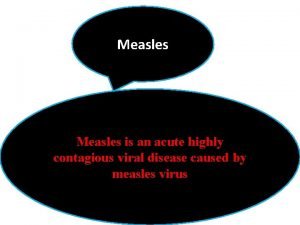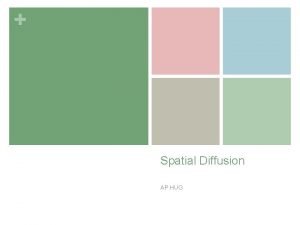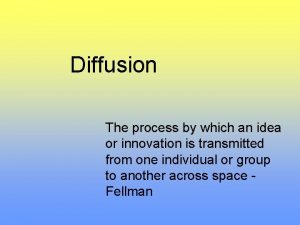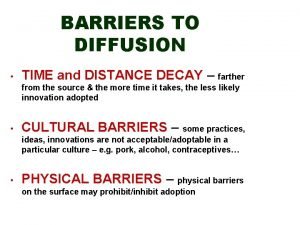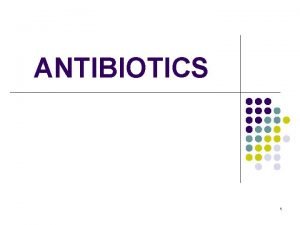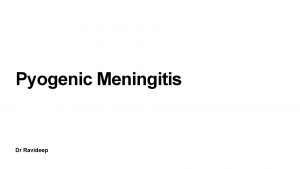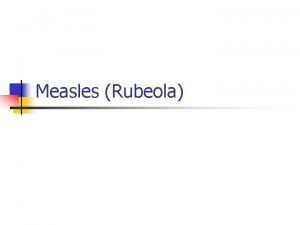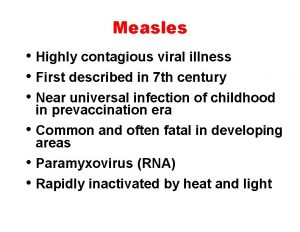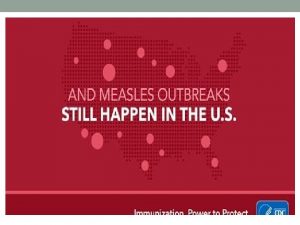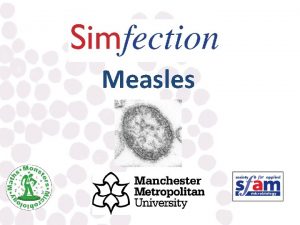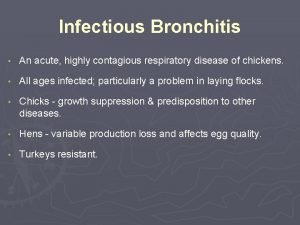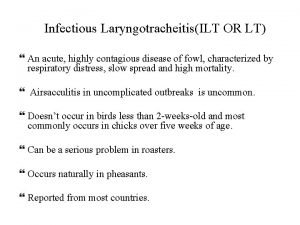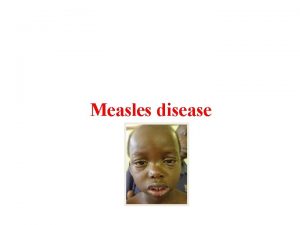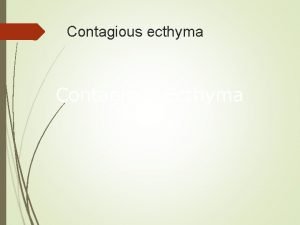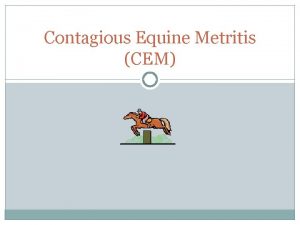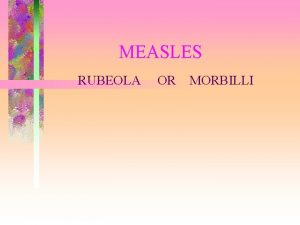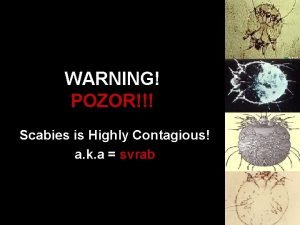MEASLES DEFINITION Measles is an acute highly contagious















- Slides: 15

MEASLES

DEFINITION • Measles is an acute highly contagious viral disease caused by measles virus. It is characterized by fever, URT catarrhal inflamation, koplik’s spots and maculopapules. • The disease may complicated with branchpneumonia, encephlitis, hepatitis. • The lived attenuated measles virus • vaccine has been utilized wildly since 1965 , the incidence of the disease has declined in china.

ETIOLOGY • 1. Pathogen is measles virus. it has been classed as a paramyxovirus. it is spherical in appearance , measuring about 100~150 nm in diameter. It has an outer envelope composed of M-protein, H-protein, F-protein, and internal core is RNA. • 2. Site of the measles virus exists measles can be detected from blood and nasal, pharyngeal secretions.

EPIDEMIOLOGY • 1. Source of infection The patients are the only source of infection. • 2. Routes of transmission air-borne • 3. Susceptibility of population 3. 1 All age person is susceptible; 90% of contact people acquire the disease. 3. 2 The permanent immunity acquire after disease. • 4. Epidemic features season: winter and spring age: 6 months to 5 years old

PATHOGENESIS AND PATHOLOGY measles virus ↓respiratory tract epithelial cells(multiply) ↓lymphoid tissue blood (first viremia) ↓ MPS(multiply) ↓ blood (second viremia) ↓ general toxic symptoms

PATHOLOGY • • Rash: Pigmentation: Desquamation: Koplik’s spots

CLINICAL MANIFESTATIONS • Typical type • 1. Incubation period is approximately 6~18 days, 10 days is the most common. (3 -4 weeks) • 2. prodromal phase 3~5 days. . Fever; . Cough (dry, hacking and more at night) coryza, conjuctivitis. Koplik’s spots; ( bluish white spots surrounded by red base opposite to ist and 2 nd molar) appear 1 -4 days prior to onset of rash. Transient prodromal rashes.


3. Eruption stage 1. Time: 3~5 days after fever; but the 4 th day is most common; . 2. Shape : maculopapular Sequence : behind the ear → along the hairline→ face→neck→chest→back→ abdomen→ limbs→hand feet(palm, sole). 4. The temperature rise continuously and accompanied with the toxic symptoms 4. Convalescent stage brown staining. fine branny desquamation. course: 10 -14 days

• Atypical measles 1. mild measles; 2. severe measles (toxic shock type measles); 3. hemorrhagic measles; 4. variant measles.

COMPLICATIONS 1. Bronchopneumonia, otitis media 2. Myocarditis 3. Laryngitis 4. Neurologic complications Encephalitis and SSPE. 5. hrrgic measles 6. thrombocytopenia 7. GI complications 8. corneal ulcers, conj, optic nerve damage

DIAGNOSIS • Primarily clinical • During prodrome-multinucleated giant cells in smear of nasal mucosa( warthin Finkeldey giant cell) which are pathognomic • WBC count is low with lymphocyte decreased more than neutorphils • LP in encephlitis • Ig. M antibody

DIFFERENTIAL DIAGNOSIS • • • 1. Rubella (German measles) ; 2. Roseola infantum Scarlet fever Meningiococemia Drug rash or serum sickness Erytthema infectiosum Infectious mononucleosis Toxoplasmosis Kawasaki disease

• • • treatment 1. General therapy: rest, nursing and diet 2. Symptomatic therapy: fever and cough, 3. Support threapy: globulin 4. complications of treatment 5. role of vitamine A- 70 -90% have hyporetinemia

PREVENTION • 1. Control source of infection; • 2. Interruption of transmissions ; • 3. Protection of the susceptible person: 3. 1. Active immunization Lived attenuated measles vaccine. Contraindications: pregnancy 3. 2. Passive immunization panta globulin or gamma globulin. <5 days prevent onset >5 days relieve symptoms
 An acute highly contagious viral disease
An acute highly contagious viral disease Spatial diffusion definition
Spatial diffusion definition Croup contagious
Croup contagious Reterritorialization definition ap human geography
Reterritorialization definition ap human geography Contagious diffusion
Contagious diffusion Attitudes are contagious is yours worth catching
Attitudes are contagious is yours worth catching What is expansion diffusion
What is expansion diffusion Totemism definition
Totemism definition Example of reverse hierarchical diffusion
Example of reverse hierarchical diffusion What is contagious diffusion
What is contagious diffusion Are voodoo dolls contagious magic
Are voodoo dolls contagious magic Contagious diffusion
Contagious diffusion Is protracted bacterial bronchitis contagious
Is protracted bacterial bronchitis contagious Difusi contagious
Difusi contagious Meningitis in kids
Meningitis in kids Is pfapa contagious
Is pfapa contagious
